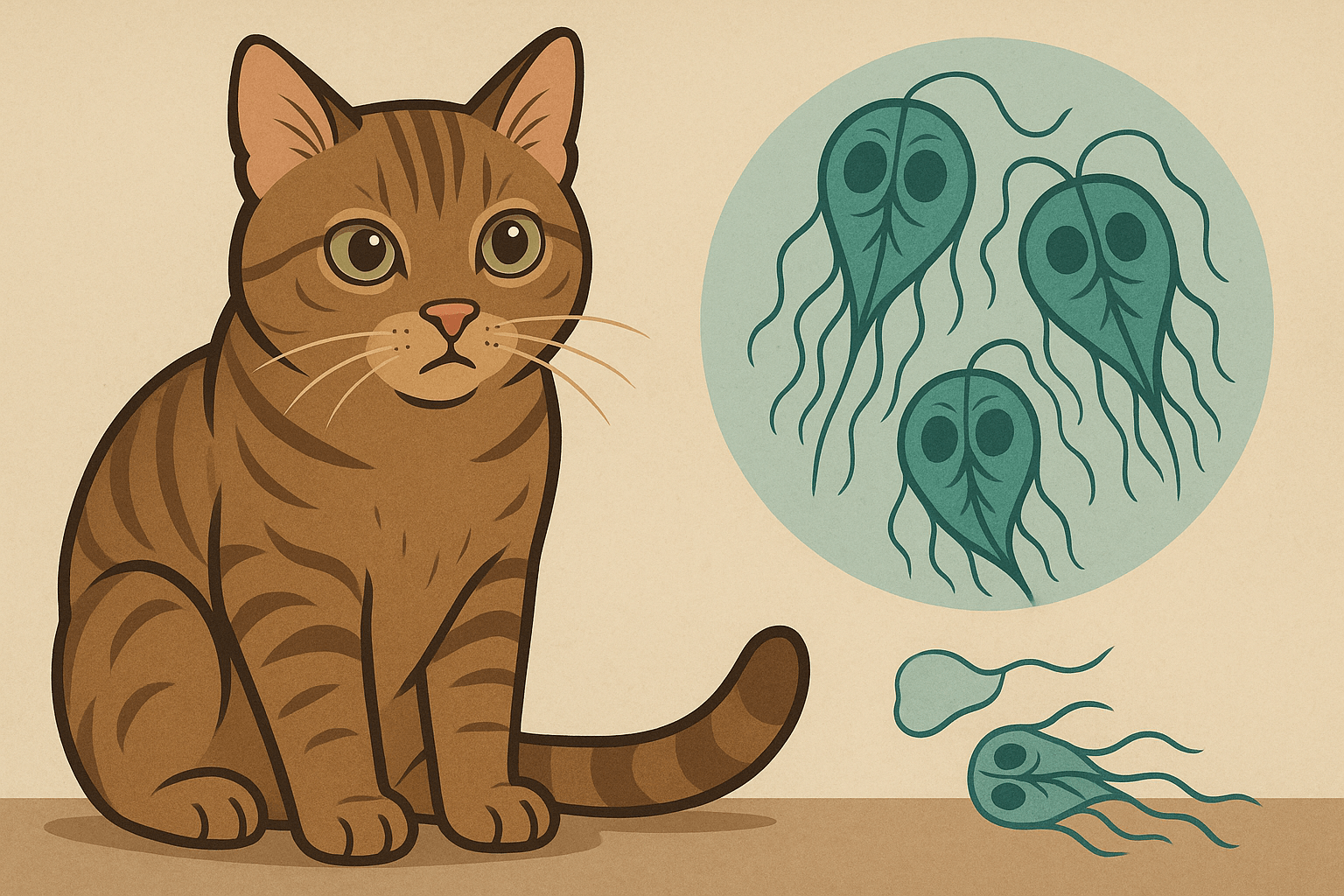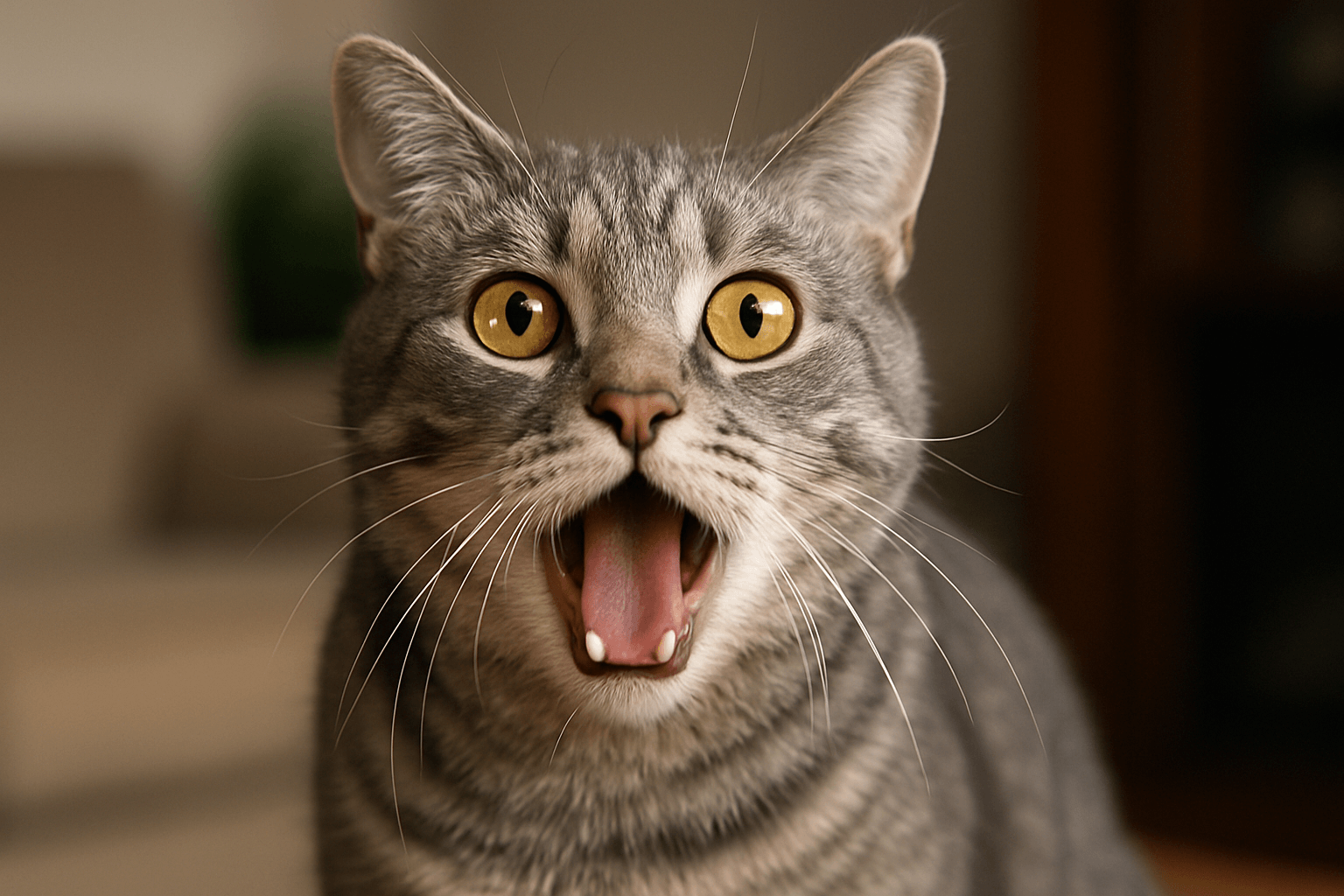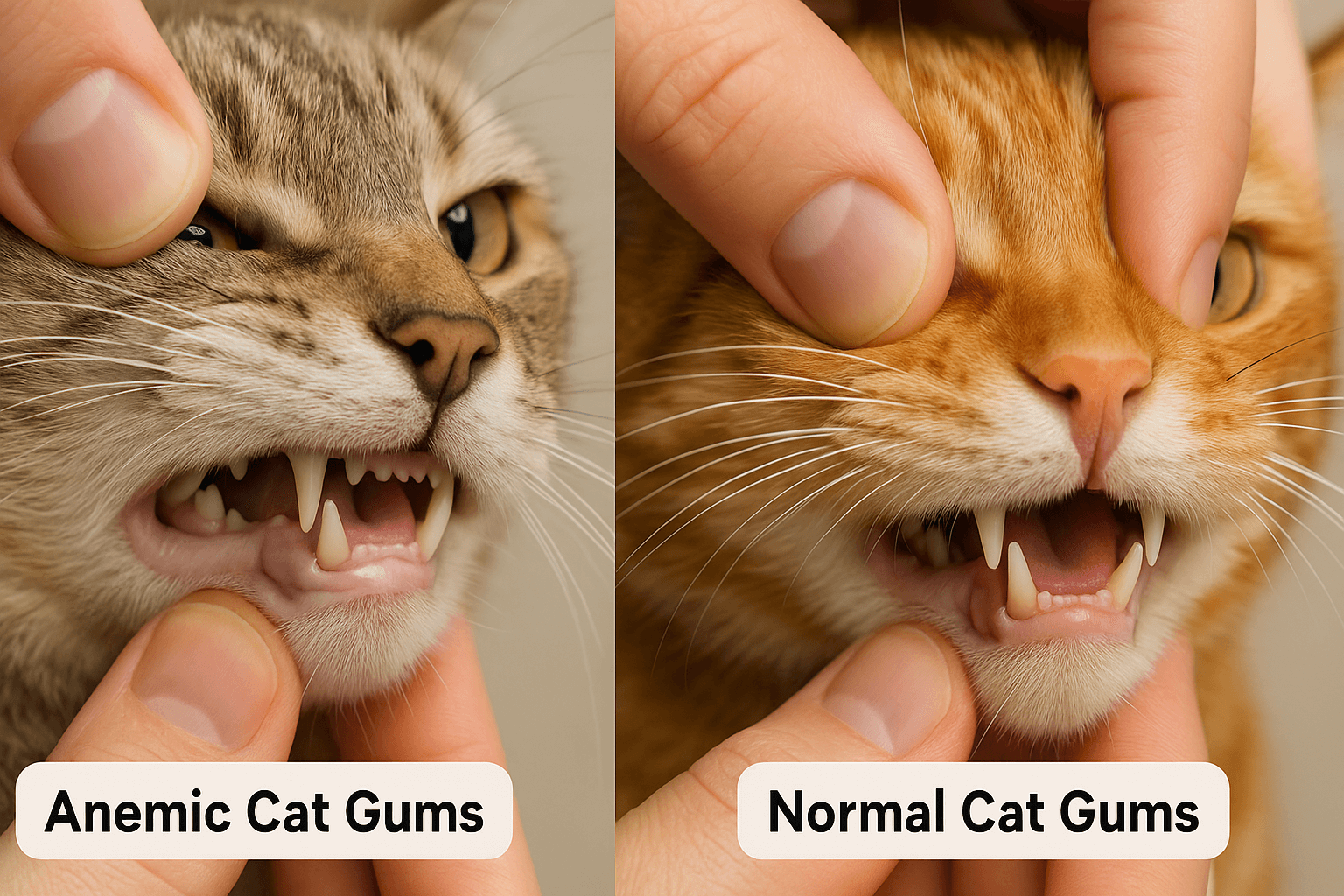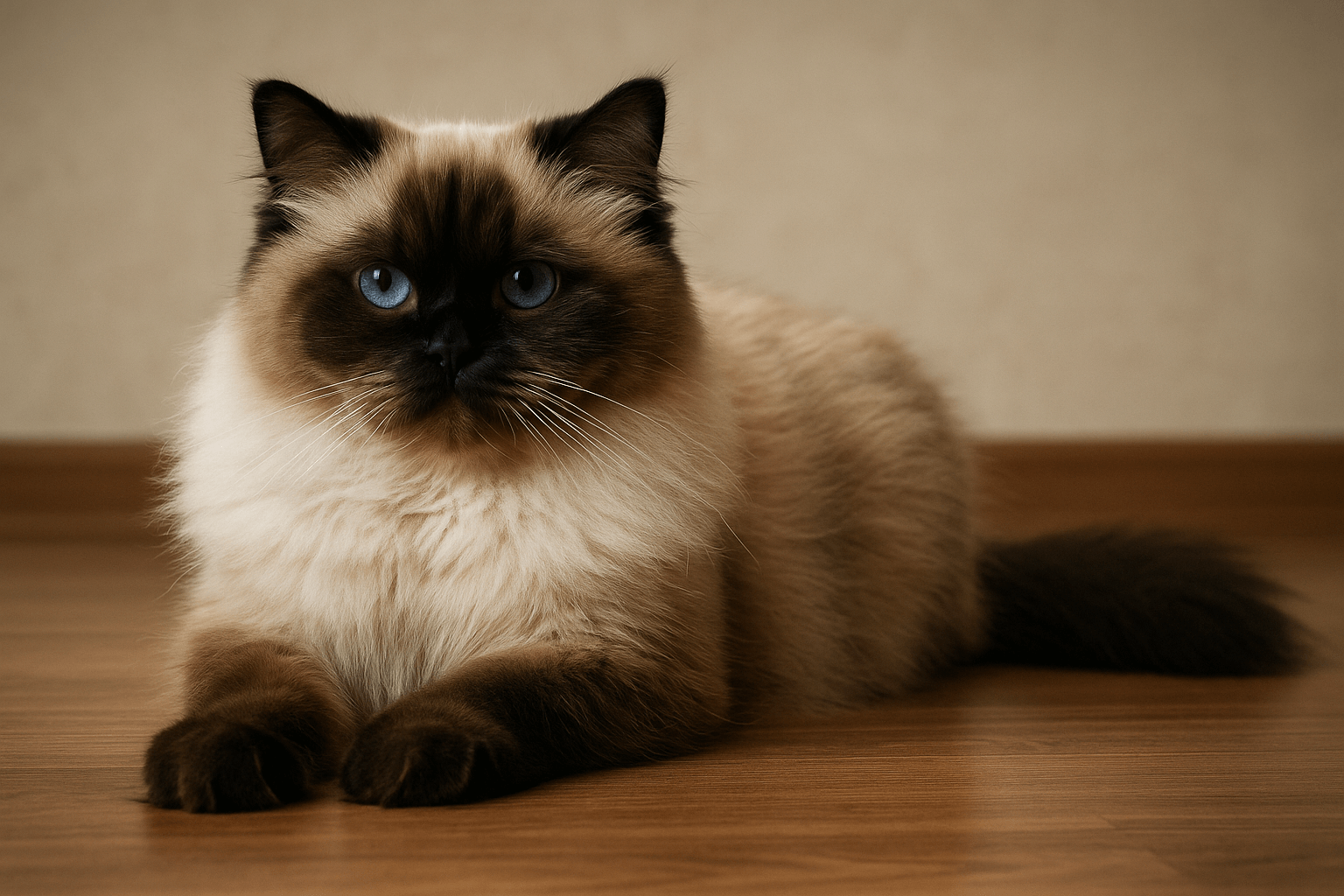Can Cats Eat Bell Peppers?
When it comes to feeding our feline friends, many pet owners wonder whether human foods like bell peppers are safe for cats. Bell peppers, with their vibrant colors and nutritional benefits, are a staple in many households—but can cats enjoy them too? While cats are obligate carnivores, meaning their diet primarily consists of meat, some vegetables can be safely introduced in moderation. In this blog post, we’ll explore whether bell peppers are a suitable treat for your cat, the potential benefits and risks, and how to incorporate them into your cat’s diet responsibly.
Are Bell Peppers Safe for Cats?
Bell peppers are non-toxic to cats, but there are important considerations to keep in mind before offering them as a snack. Here’s what you need to know about feeding bell peppers to your feline companion.
Non-Toxic Nature:
Bell peppers are not toxic to cats, so accidental ingestion in small amounts is unlikely to cause harm.Low Calorie and Hydration Benefits:
Bell peppers are low in calories and high in water content, making them a hydrating option for cats who need extra moisture.Rich in Vitamins:
Bell peppers contain vitamins A, C, and E, which can support immune health and overall well-being when consumed in moderation.Fiber Content:
The fiber in bell peppers may aid digestion, but too much can lead to gastrointestinal upset in cats.Potential Allergies or Sensitivities:
Some cats may have sensitivities to new foods, so introduce bell peppers gradually and monitor for adverse reactions.
While bell peppers can offer some nutritional benefits, they should only be given as an occasional treat rather than a dietary staple.
How to Safely Introduce Bell Peppers to Your Cat
If you decide to share bell peppers with your cat, it’s essential to do so safely. Follow these guidelines to ensure your cat enjoys this vegetable without any risks.
Choose Plain Bell Peppers:
Avoid bell peppers seasoned with salt, spices, or oils, as these can upset your cat’s stomach or be harmful.Remove Seeds and Stems:
Seeds and stems can pose choking hazards or cause digestive issues—remove them before offering the pepper.Serve in Small Portions:
Cut the bell pepper into tiny, bite-sized pieces to prevent choking and make it easier for your cat to eat.Cook or Puree if Necessary:
Some cats may prefer cooked or pureed bell peppers, which are softer and easier to digest than raw ones.Monitor for Reactions:
Watch for signs of vomiting, diarrhea, or allergic reactions after introducing bell peppers, and consult your vet if issues arise.
By following these steps, you can safely determine if your cat enjoys bell peppers as an occasional treat.
Check this guide 👉Can Cats Eat Kiwi? Best 7 Expert Tips!
Check this guide 👉Can Cats Eat Olive Oil? Best 7 Expert Tips!
Check this guide 👉Can Cats Eat Beef Jerky? Best 7 Expert Tips!
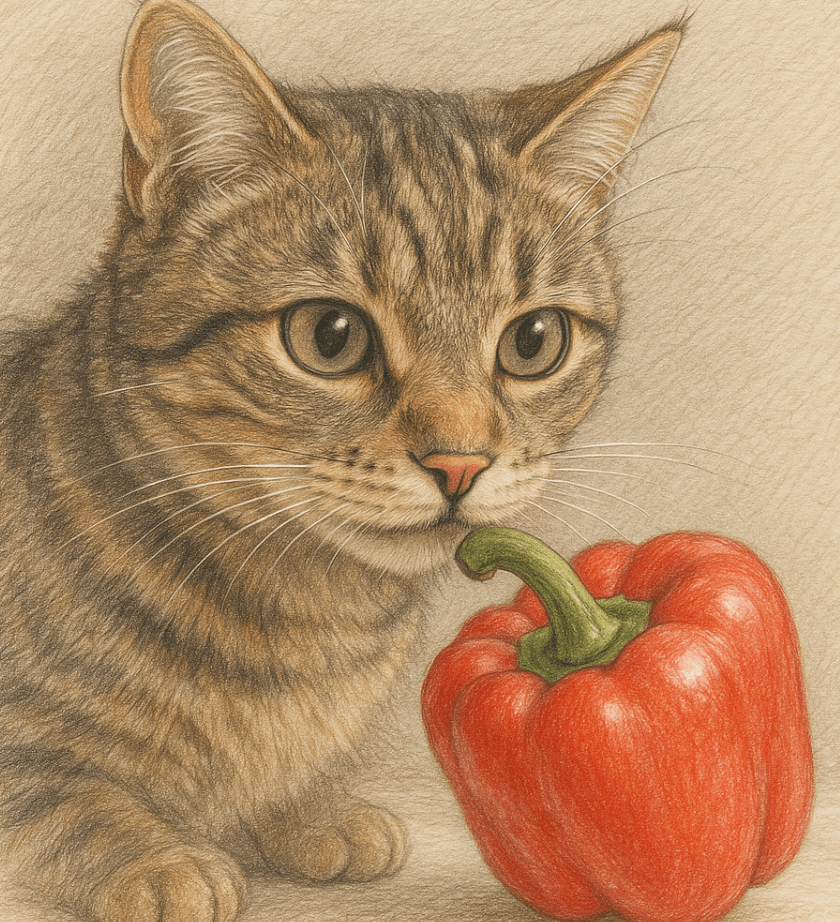
Benefits of Bell Peppers for Cats | Risks of Feeding Bell Peppers to Cats |
|---|---|
Hydrating due to high water content | May cause digestive upset if overfed |
Rich in vitamins A, C, and E | Seeds and stems can pose choking hazards |
Low-calorie snack option | Cats may dislike the taste or texture |
Supports immune system health | Seasonings like salt or oil are harmful |
Adds variety to their diet | Not nutritionally essential for cats |
Signs Your Cat May Not Tolerate Bell Peppers
While many cats can tolerate small amounts of bell peppers, others may experience adverse reactions. Look out for these warning signs to ensure your cat’s safety.
Vomiting or Diarrhea:
These symptoms indicate that your cat’s digestive system is struggling to process the bell pepper.Loss of Appetite:
If your cat refuses food after trying bell peppers, it could signal discomfort or nausea.Excessive Drooling:
Drooling may occur if your cat finds the texture unpleasant or if irritation develops in their mouth.Lethargy or Discomfort:
A sudden lack of energy or visible signs of pain suggest your cat isn’t tolerating the new food.Pawing at Mouth:
This behavior often indicates irritation or difficulty swallowing after eating bell peppers.
Recognizing these signs early allows you to act quickly and prevent further complications.
Healthier Alternatives to Bell Peppers for Cats
If your cat doesn’t enjoy bell peppers or reacts poorly to them, there are plenty of safer and more appealing alternatives to try.
Cooked Carrots:
Soft, cooked carrots provide fiber and beta-carotene without posing a choking risk.Pumpkin Puree:
Plain pumpkin puree (not pie filling) aids digestion and is a favorite among cat owners for its benefits.Steamed Green Beans:
Low in calories and high in fiber, green beans make a nutritious treat for cats.Small Pieces of Apple:
Apples (without seeds) offer vitamins and hydration, though they should be served sparingly.Blueberries:
These antioxidant-rich fruits are safe for cats and can be offered as an occasional snack.
These alternatives cater to your cat’s dietary needs while providing variety and flavor.
Common Mistakes to Avoid When Feeding Bell Peppers to Cats
Feeding bell peppers to your cat requires attention to detail to avoid potential pitfalls. Here are some common mistakes to steer clear of.
Adding Salt or Spices:
Seasonings like salt, garlic, or onion powder can be toxic to cats and should never be included.Offering Large Portions:
Too much bell pepper can overwhelm your cat’s digestive system, leading to discomfort or illness.Ignoring Texture Preferences:
Some cats dislike the crunchy texture of raw bell peppers; cooking or pureeing may make them more palatable.Forgetting to Remove Seeds and Stems:
These parts can cause choking or digestive blockages, so always prepare the pepper properly.Assuming All Cats Will Like Them:
Cats have individual tastes, and some may simply refuse bell peppers regardless of preparation.
Avoiding these mistakes ensures a safer and more enjoyable experience for your cat.
Nutritional Value of Bell Peppers vs. Other Vegetables
Understanding how bell peppers compare to other vegetables can help you make informed choices about your cat’s diet.
High Water Content:
Bell peppers are approximately 92% water, making them more hydrating than denser vegetables like carrots or broccoli.Lower Sugar Levels:
Compared to sweeter vegetables like sweet potatoes or peas, bell peppers contain less sugar, reducing the risk of weight gain.Moderate Fiber Content:
Bell peppers offer fiber without overwhelming the digestive system, unlike high-fiber options like pumpkin.Rich in Antioxidants:
The antioxidants in bell peppers rival those found in leafy greens, promoting overall health in cats.Neutral Taste Profile:
Unlike strongly flavored vegetables like kale or spinach, bell peppers have a mild taste that some cats may find more appealing.
This comparison highlights why bell peppers can be a reasonable choice for occasional treats.
Fun Ways to Serve Bell Peppers to Your Cat
If your cat enjoys bell peppers, there are creative ways to serve them that make mealtime more exciting.
Mix with Wet Food:
Chop bell peppers into tiny pieces and mix them with your cat’s favorite wet food for added variety.Freeze for a Cool Treat:
Blend cooked bell peppers with water and freeze the mixture in ice cube trays for a refreshing summer snack.Stuff into Toys:
Use hollow cat toys designed for treats by stuffing them with small amounts of bell pepper for interactive play.Create a Veggie Platter:
Combine bell peppers with other safe veggies like green beans or carrots for a colorful, healthy platter.Blend into Broth:
Puree bell peppers and mix them into homemade chicken broth (without seasoning) for a flavorful drink.
These ideas make bell peppers a fun and engaging addition to your cat’s diet.
Frequently Asked Questions About Cats and Bell Peppers
Can cats eat red, yellow, or green bell peppers?
Yes, all colors of bell peppers are safe for cats in moderation, though their preferences may vary.
Are bell peppers a necessary part of a cat’s diet?
No, cats are obligate carnivores and don’t require vegetables like bell peppers to meet their nutritional needs.
What happens if my cat eats a large piece of bell pepper?
Large pieces can pose a choking hazard or cause digestive blockages; always cut them into small, manageable sizes.
Can kittens eat bell peppers?
Kittens have sensitive digestive systems, so it’s best to avoid giving them bell peppers until they’re older.
Should I cook bell peppers before giving them to my cat?
Cooking softens the texture, making it easier for cats to chew and digest, but raw bell peppers are also safe in small amounts.
Feeding Bell Peppers to Cats: A Balanced Approach
While bell peppers are safe for cats in moderation, they should never replace a balanced, meat-based diet. As obligate carnivores, cats derive most of their nutrients from animal proteins, and vegetables like bell peppers are merely supplemental treats. By introducing bell peppers carefully and monitoring your cat’s response, you can determine whether they enjoy this colorful addition to their menu. Always prioritize your cat’s health and consult your veterinarian before making significant changes to their diet. With the right approach, you can ensure your feline friend stays happy, healthy, and satisfied.
Giardia in Cats: Best 7 Expert Tips! Discover expert advice on identifying, treating, and preventing giardia in cats to ensure your feline stays happy and healthy.
Cat Hyperventilating: Best 7 Expert Tips! Discover signs, causes, and solutions for cat hyperventilation. Learn how to calm your cat and when to seek veterinary care for their breathing issues.
Anemic Cat Gums vs Normal: Best 7 Expert Tips! Learn to spot signs of anemia in cats, understand gum health, and ensure your feline stays happy and healthy with expert advice.
Himalayan Cat Size: Best 7 Expert Tips! Discover expert advice on Himalayan cat size, growth factors, care tips, and how to ensure your feline stays healthy and happy.

